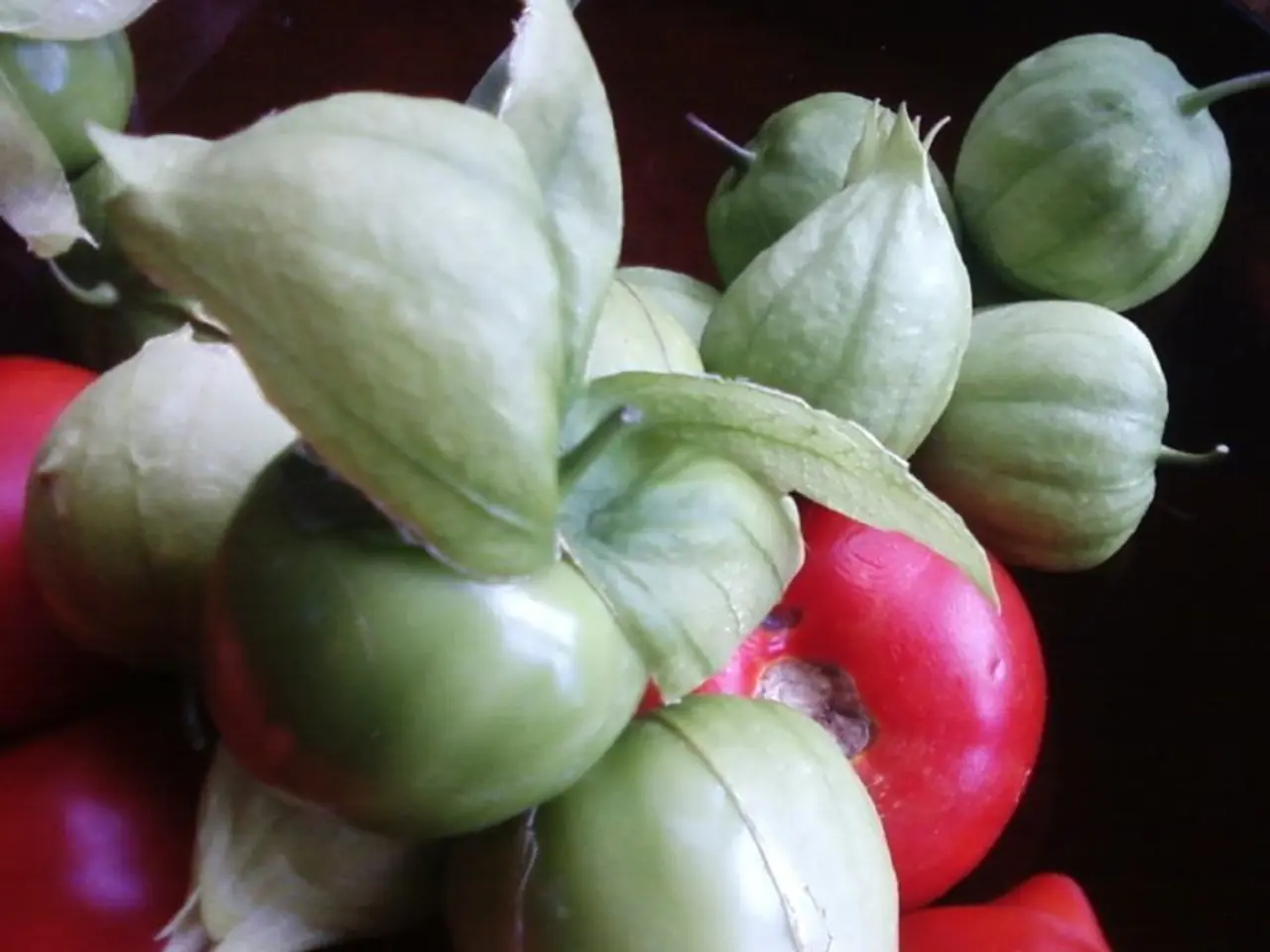Timing is Key for Planting Crops: Ensure Optimal Growth by Planting at the Correct Moment
In the world of gardening, timing is crucial when it comes to planting seeds. Here's a handy guide to help you navigate the best times for planting various crops, based on the last and first frost dates.
For cool season crops, such as spinach, lettuce, onions, potatoes, carrots, and peas, you can start planting seeds 4 to 6 weeks before the average last frost, or as soon as the ground can be worked. Transplants for these crops can be planted 2 to 4 weeks before the average last frost.
Warm season crops, like tomatoes, squash, zucchini, cucumbers, melons, corn, beans, peppers, and okra, should not be planted before the last frost has passed. Instead, they should be planted 2 to 12 weeks after the last frost, depending on the specific crop. For example, tomatoes don't begin thriving until nighttime temperatures stay in the 50s, while squash seeds won't germinate until soil temperature is closer to 70.
It's essential to consider the weather, soil temperature, ground condition, and the presence of weeds before planting warm season crops. Even if you've experienced your last frost, warm season crops may not be ready to go in the ground immediately. A soil thermometer is recommended to check the soil temperature to ensure it's suitable for planting.
Experimenting with planting times can be done as gardening experience increases. However, it's important to remember that the average first frost date is just an average, so keep an eye on the weather carefully.
Last and first frost dates can be calculated by zip code, and it's crucial to consider the specific needs of each plant when deciding when to plant. For instance, lettuce, potatoes, carrots, and peas can also be planted up until around the average last spring frost, depending on how hot your summers are.
It's also worth noting that garden zones and growing seasons are not the same. While garden zones provide a general idea of the climate, the growing season depends on the specific weather conditions in a given year.
For example, the region in the United States that lies in USDA Growing Zone 7b includes areas such as Jefferson City, Missouri, and parts of other states with average annual minimum winter temperatures between 5 to 10°F (-15 to -12.2°C). However, this doesn't necessarily mean that plants can be safely planted as soon as the last frost date has passed in these areas. Always check the soil temperature and weather conditions before planting.
In conclusion, by understanding the best times to plant various crops and considering the specific needs of each plant, you can ensure a successful gardening season. Happy planting!
Read also:
- Impact of Alcohol on the Human Body: Nine Aspects of Health Alteration Due to Alcohol Consumption
- Understanding the Concept of Obesity
- Tough choices on August 13, 2025 for those born under Aquarius? Consider the advantages and disadvantages to gain guidance
- Microbiome's Impact on Emotional States, Judgement, and Mental Health Conditions







